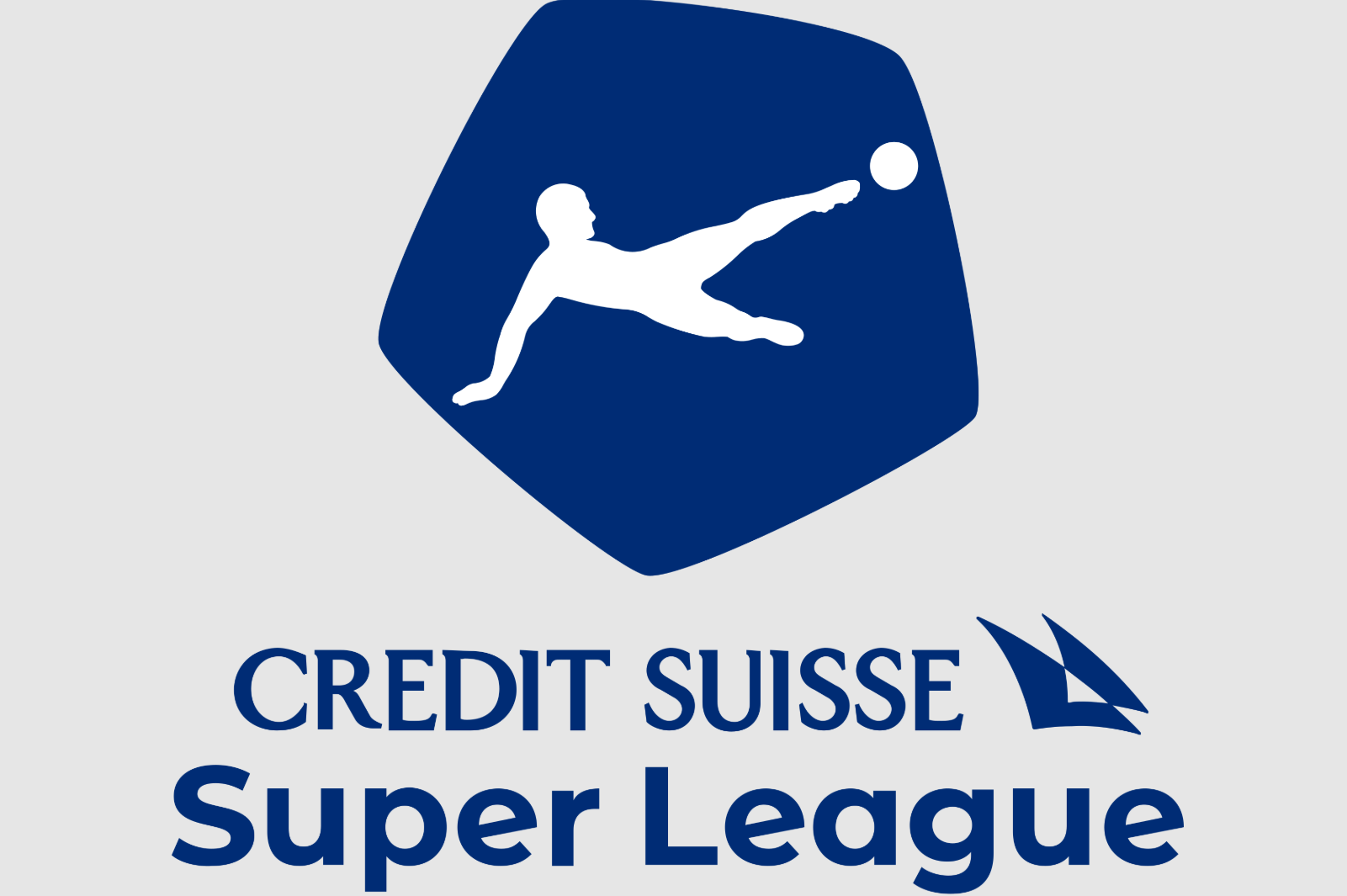الدوري السويسري السوبر (Swiss Super League) هو الدوري الأعلى في نظام الدوريات السويسرية لكرة القدم. كان يضم سابقًا 10 فرق مشاركة، لكن بدءًا من موسم 2023–24، زاد عدد الفرق إلى 12 فريق. كان يُعرف أيضًا باسم Axpo Super League ثم تمت تغييره إلى Raiffeisen Super League في عام 2012. حاليًا، وبدعم من مجموعة كريديت سويس (Credit Suisse Group)، يُعرف أيضًا باسم Credit Suisse Super League.
الخلفية التاريخية
بدأت أقدم دورية في السويس (عصر Serie A) عام 1897، تليها عصر Nationalliga عام 1931، ثم عصر Nationalliga A عام 1944، واخيرًا عصر الدوري السوبر الذي بدأ عام 2003. (ملاحظة: هناك إشارات متضاربة في النص الأصلي عن "بدء Nationalliga عام 1933" و"نموذج الدوري السوبر عام 1993"؛ السابق يتبع الخط الزمني الرئيسي المقدم.)
نظام التنافس
يتكون نظام الدوريات السويسرية لكرة القدم من ثمانية فئات، مع أن الدوري السوبر هو الأعلى. موسم الدوري يمتد من أواخر يوليو إلى مايو، مع 36 مباراة، مع فترة راحة شتوية من منتصف ديسمبر إلى الأسبوع الأول من فبراير. تلعب كل فريق ضد كل فريق آخر أربع مرات بنظام دوري: مرتين في الدور المنزلي ومرتين في الدور الخارجي.

نظام النقاط: 3 نقاط للفوز، 1 نقطة للتعادل، و0 نقاط للخسارة. تُحدد الترتيبات حسب إجمالي النقاط.
قواعد الفوز في حالة التطابق:
فرق الأهداف (إذا كانت النقاط متساوية).
عدد الأهداف المحققة (إذا كان فرق الأهداف أيضًا متساويًا).
مباراة إضافية (إذا كانت النقاط وفرق الأهداف وعدد الأهداف متساوية، وتؤثر النتيجة على لقب الدوري).
الانخفاض: تُنزل الفريق الأخير في الدوري مباشرةً، مع ملء مكانه بواسطة بطل الدوري التحدي السويسري (Swiss Challenge League).
